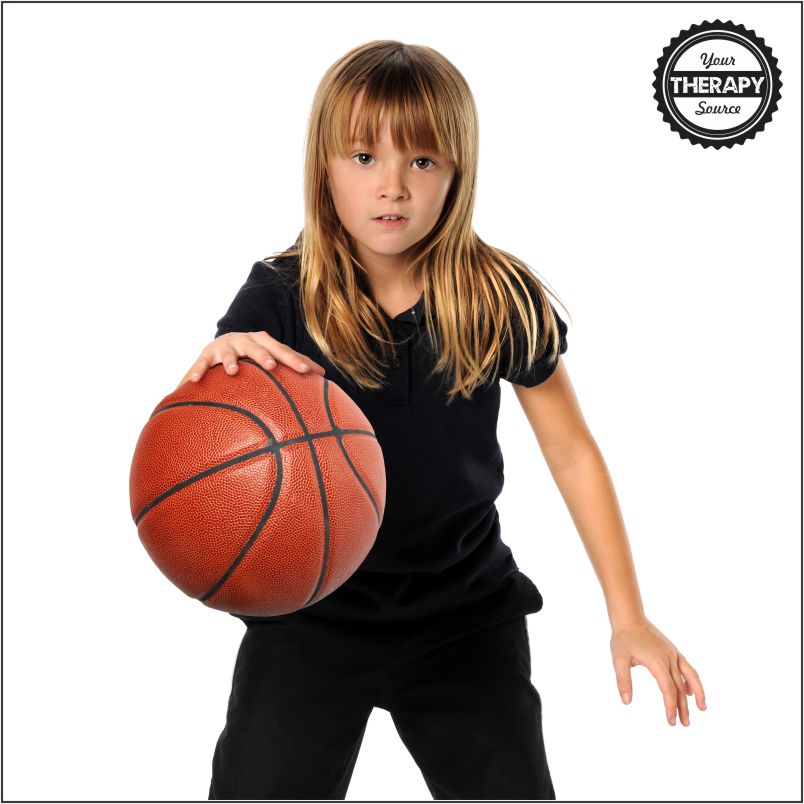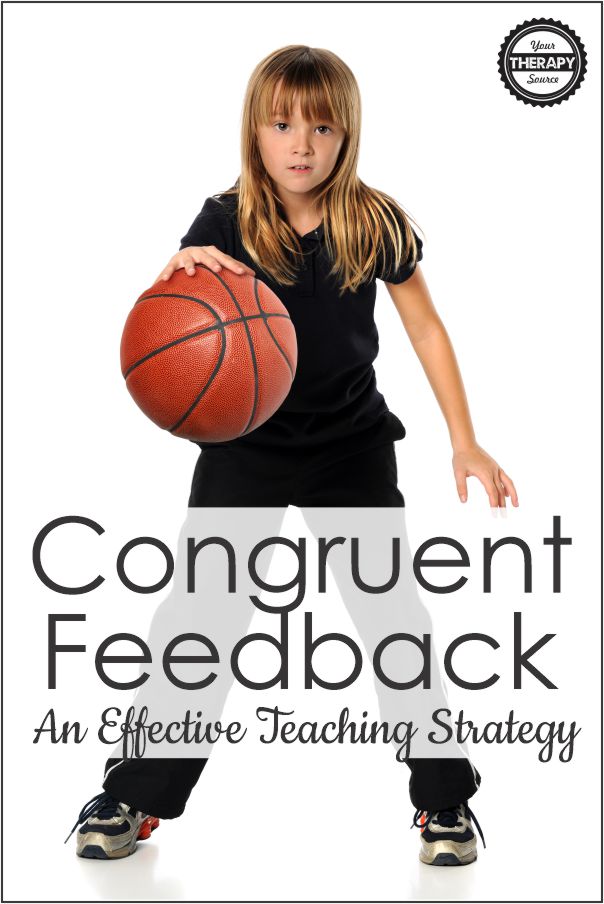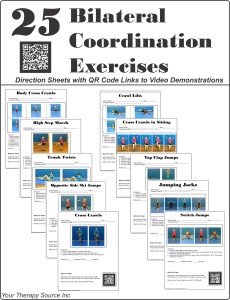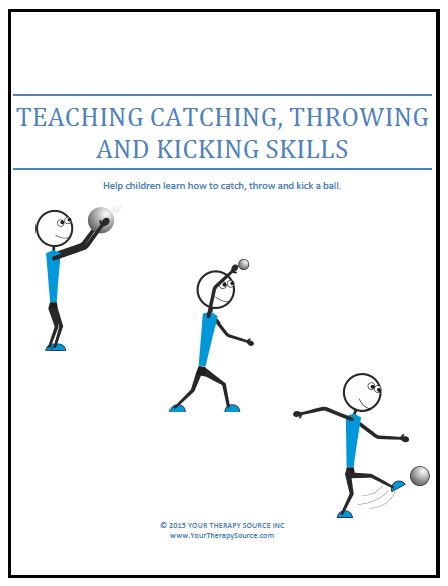Congruent Feedback – An Effective Teaching Strategy
Do you use effective teaching strategies like congruent feedback? It is an excellent tool to help children learn and improve motor skills.

How Does Congruent Feedback Work?
Here is how congruent feedback works.
Pick a Skill
Decide upon one step or motion of the skill that you and the child thinks needs improvement or refinement. Tell the child exactly what you are looking for during the skill. It should only be one thing.
The skill can be any functional activity or goal such as locomotor skills, playground use, scissor skills, tying shoes, handwriting, keyboarding, etc. but remember it only needs to be ONE part of the skill.
Demonstrate the Skill
Provide a visual demonstration of that one aspect of the skill. You could demonstrate the skill yourself or use video modeling. Bilateral Coordination Exercises and Aerobic Exercises provides video demonstrations.
Reinforce the Skill
The next step when using congruent feedback is to reinforce the skill. Once the child is performing the skill only look at that step or motion during the skill and reinforce it if it is correct. Reinforce with consistent verbal cues. If it is still incorrect, provide verbal, visual or physical cues to correct that part of the skill. Continue doing this for different parts of the skill. But remember, only focus on one (1) part of the skill at a time.
Example of Using an Effective Teaching Strategy – Congruent Feedback
For example, perhaps you are teaching or practicing skipping with a child. Ask the child to focus on just one aspect of the skill at a time. To begin with ask the child to “step and hop, step and hop”. Only provide feedback on lower extremity motion. Do not provide feedback on arm swing, timing, rhythm of movement or speed. When the child is able to perform the lower extremity motions of skipping correctly, target a new area of the skill.
Step By Step for Effective Congruent Feedback
To repeat the steps of this type of feedback:
1. Tell the child what aspect of the skill they will focus on.
2. Provide a visual demonstration with verbal cue for the child.
3. Child performs the skill and observe only that aspect of the skill you demonstrated or discussed.
4. Provide positive reinforcement feedback if correct. Be specific with the positive reinforcement. Don’t just say “good job”. Use the same verbal cues from the specific task.
5, If incorrect, provide verbal, visual or physical cues as feedback regarding only that one aspect of the skill.
Have you had success using this type of feedback or other effective teaching strategies?
Need Resources to Help with Step By Step Directions?
25+ Bilateral Coordination Exercises is a collection of bilateral coordination exercise sheets including QR codes with links to video demonstration of exercises.
Teaching Catching, Throwing and Kicking Skills: Help children learn how to catch, throw and kick with this digital packet full of information of age progression of skills, visual picture cards, tips, letter to parents and more!






